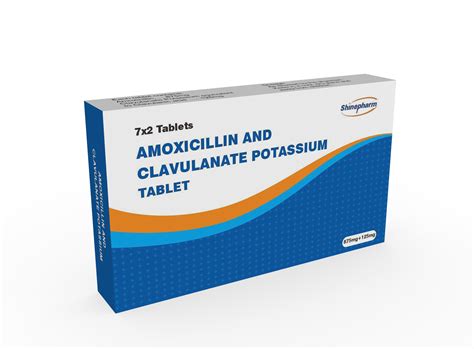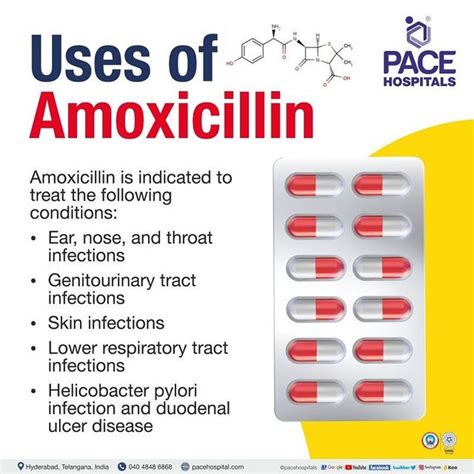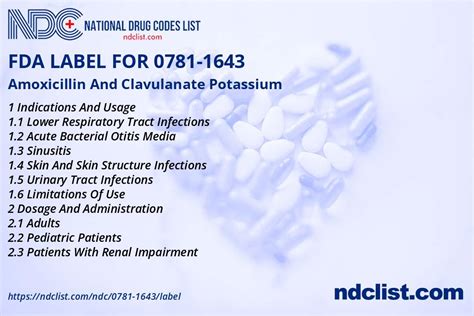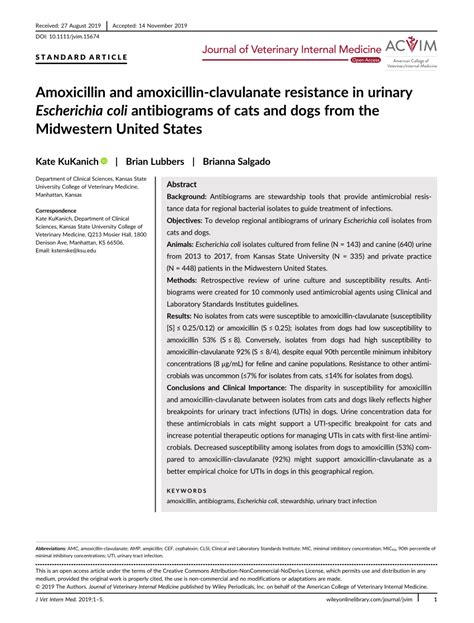Intro
Discover Amoxicillin Pot Clavulanate, a broad-spectrum antibiotic treating bacterial infections, with clavulanic acid enhancing effectiveness against resistant strains, combating pneumonia, skin infections, and more, with dosage and side effects explained.
The combination of amoxicillin and clavulanate, commonly known as Augmentin, is a widely used antibiotic that has been effective in treating a variety of bacterial infections. Amoxicillin is a penicillin-type antibiotic that works by stopping the growth of bacteria, while clavulanate is a beta-lactamase inhibitor that helps to prevent bacteria from becoming resistant to amoxicillin. The combination of these two medications has been shown to be highly effective in treating infections such as pneumonia, sinusitis, and skin infections.
The importance of antibiotics like amoxicillin and clavulanate cannot be overstated. Bacterial infections can be serious and even life-threatening if left untreated, and antibiotics are often the only effective treatment. However, the overuse and misuse of antibiotics have contributed to the growing problem of antibiotic resistance, making it essential to use these medications responsibly and only when necessary. In this article, we will delve into the details of amoxicillin and clavulanate, including their mechanism of action, benefits, and potential side effects.
Introduction to Amoxicillin and Clavulanate

Benefits of Amoxicillin and Clavulanate

Working Mechanism of Amoxicillin and Clavulanate
The working mechanism of amoxicillin and clavulanate is complex, but can be broken down into simple terms. Amoxicillin works by inhibiting the growth of bacteria, while clavulanate helps to prevent bacteria from breaking down amoxicillin. This combination allows the antibiotic to reach the site of infection and effectively treat the infection.Side Effects of Amoxicillin and Clavulanate

Precautions and Interactions

Dosage and Administration
The dosage and administration of amoxicillin and clavulanate will depend on the severity of the infection and the patient's medical history. The typical dosage is 500-875mg every 12 hours, but this can vary depending on the specific infection being treated. It is essential to take the medication as prescribed and complete the full course of treatment to ensure that the infection is fully cleared.Resistance and Misuse

Conclusion and Future Directions
In conclusion, amoxicillin and clavulanate are a powerful combination antibiotic that has been effective in treating a wide range of bacterial infections. However, the overuse and misuse of this medication have contributed to the growing problem of antibiotic resistance. It is essential to use antibiotics responsibly and only when necessary to minimize the risk of resistance. Further research is needed to develop new antibiotics and to improve our understanding of antibiotic resistance.What is the difference between amoxicillin and amoxicillin-clavulanate?
+Amoxicillin is a broad-spectrum antibiotic, while amoxicillin-clavulanate is a combination antibiotic that includes a beta-lactamase inhibitor to prevent antibiotic resistance.
Can I take amoxicillin-clavulanate if I am allergic to penicillin?
+It is not recommended to take amoxicillin-clavulanate if you are allergic to penicillin, as amoxicillin is a penicillin-type antibiotic. Consult your doctor for alternative treatment options.
How long does it take for amoxicillin-clavulanate to start working?
+Amoxicillin-clavulanate can start working within a few hours of taking the medication, but it may take several days to fully clear the infection. It is essential to complete the full course of treatment to ensure that the infection is fully cleared.
We hope this article has provided you with a comprehensive understanding of amoxicillin and clavulanate. If you have any further questions or concerns, please do not hesitate to comment below. Additionally, if you found this article informative, please share it with others who may benefit from this information. By working together, we can promote responsible antibiotic use and minimize the risk of antibiotic resistance.
